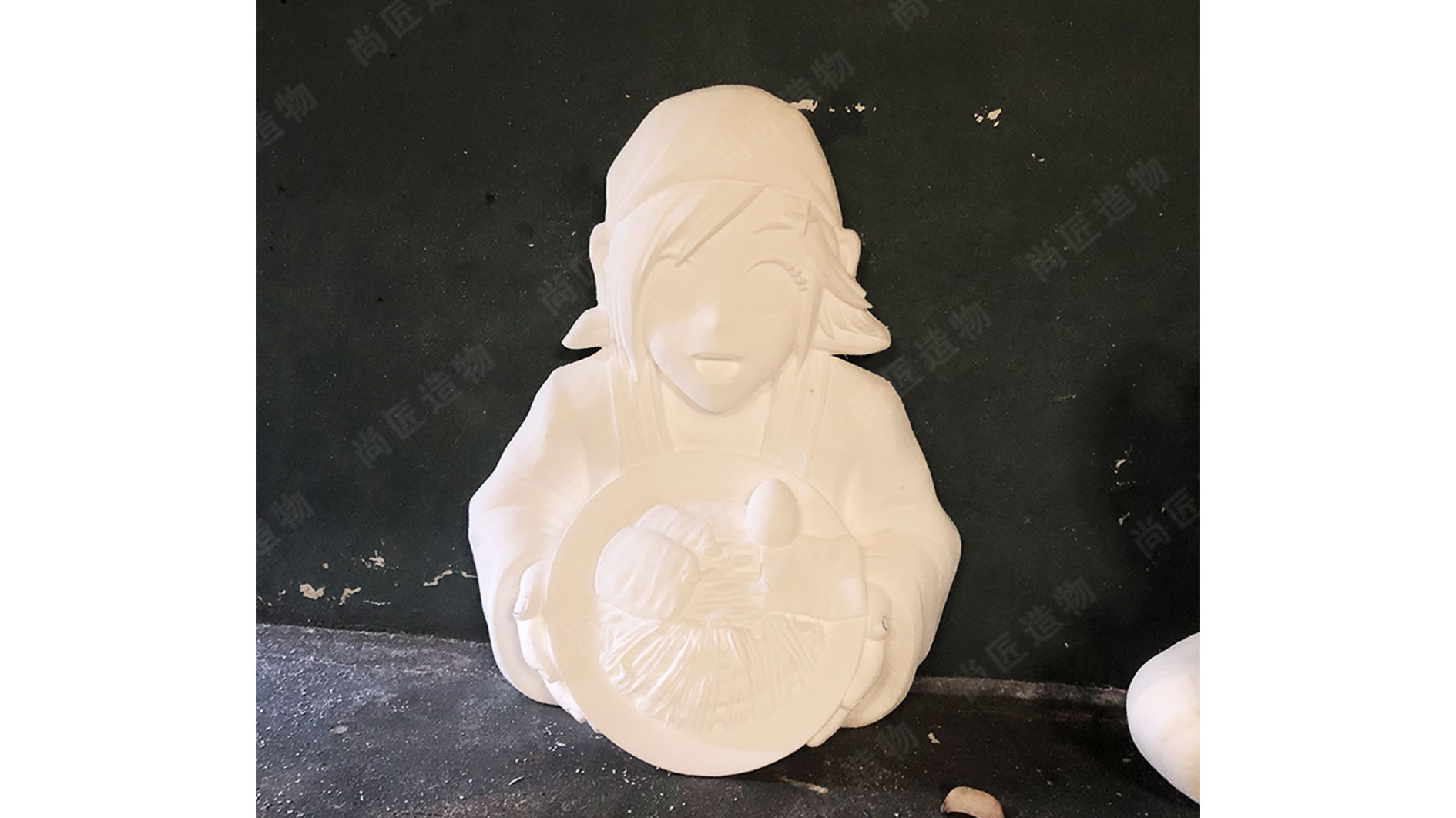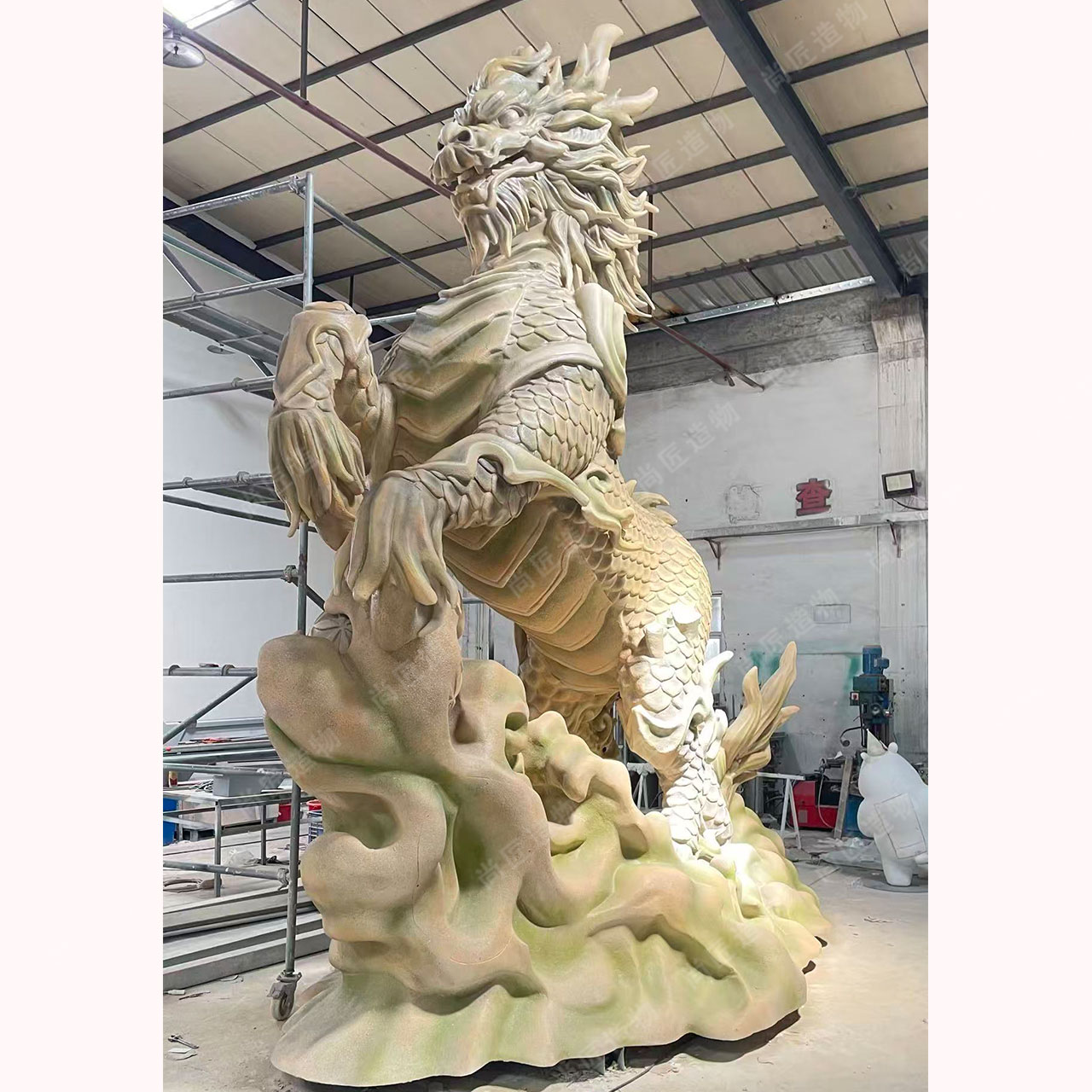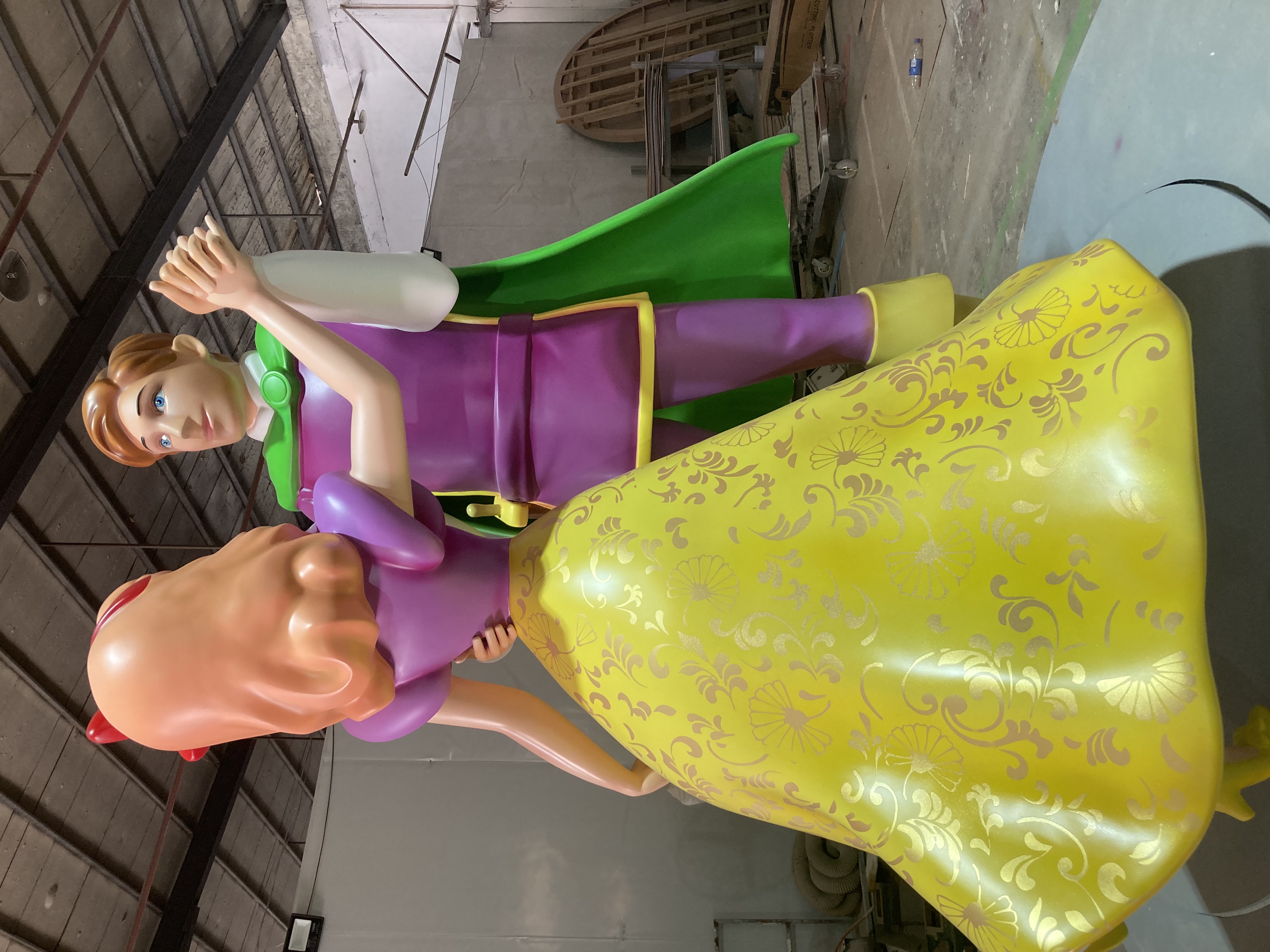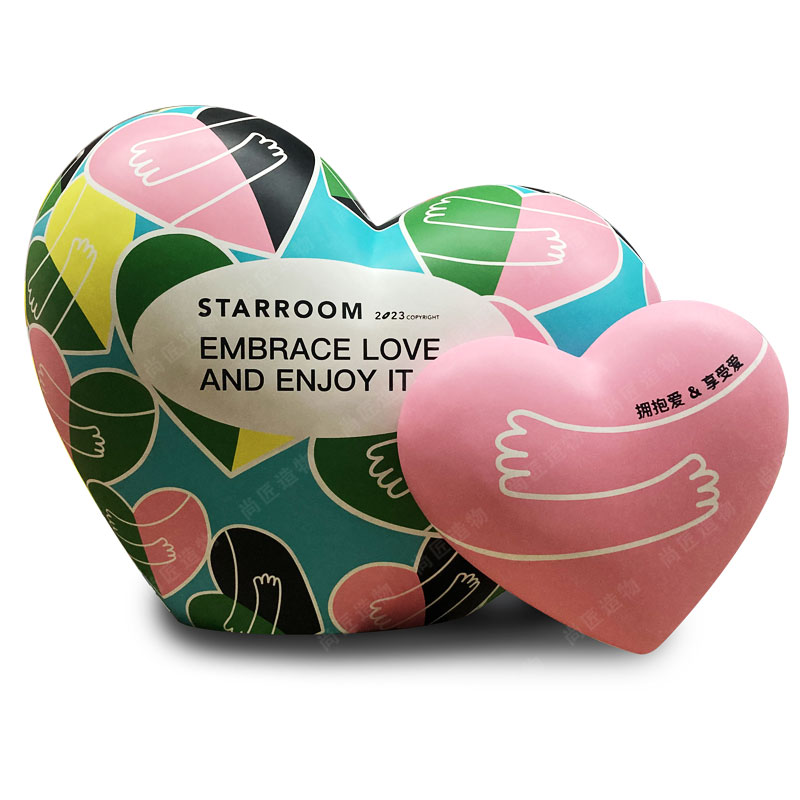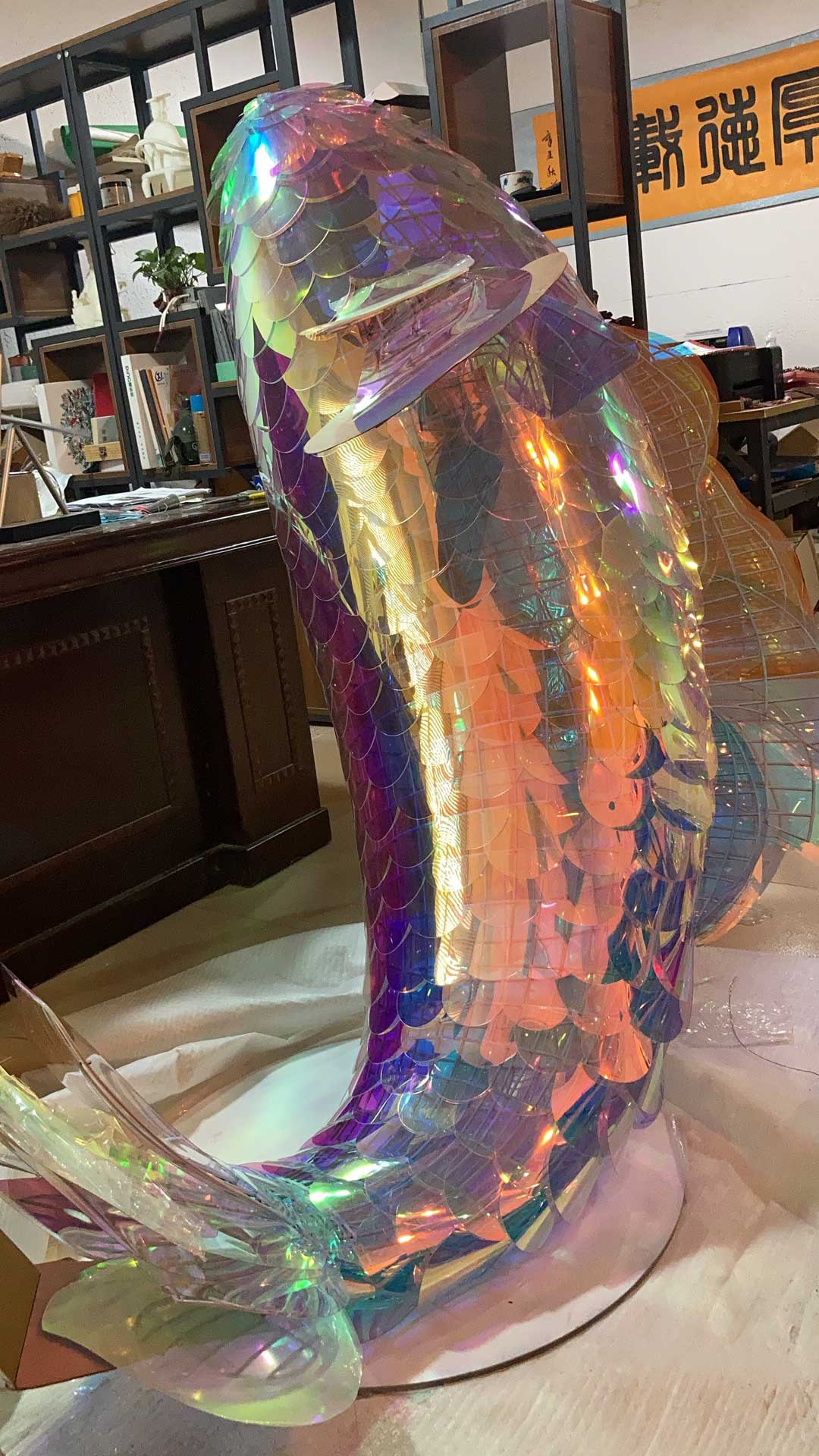Key Takeaways
Maintaining contemporary abstract steel sculptures requires a blend of technical knowledge and mindful practices. Regular upkeep not only preserves aesthetic appeal but also prevents structural degradation caused by environmental factors like humidity, pollution, or salt exposure.
"Stainless steel’s durability depends on proactive care—neglect accelerates wear," notes metal conservationist Dr. Elena Torres.
Key strategies include:
- Routine inspections to identify early signs of pitting, discoloration, or surface contaminants.
- Gentle cleaning with pH-neutral solutions and microfiber cloths to avoid scratching polished finishes.
- Protective coatings such as clear lacquers or waxes, reapplied seasonally to shield against moisture and oxidation.
Environmental safeguards are equally critical. Install sculptures away from industrial zones or coastal areas where airborne particles or saltwater mist may accelerate corrosion. For indoor displays, maintain stable humidity levels (40–60%) to prevent condensation.
Tip: After cleaning, dry surfaces thoroughly with a soft cloth to eliminate water spots.
Transitioning between care steps should follow a logical sequence: inspection → cleaning → coating → environmental monitoring. This systematic approach ensures both longevity and visual integrity, aligning with the balance of form and function central to abstract steel art.
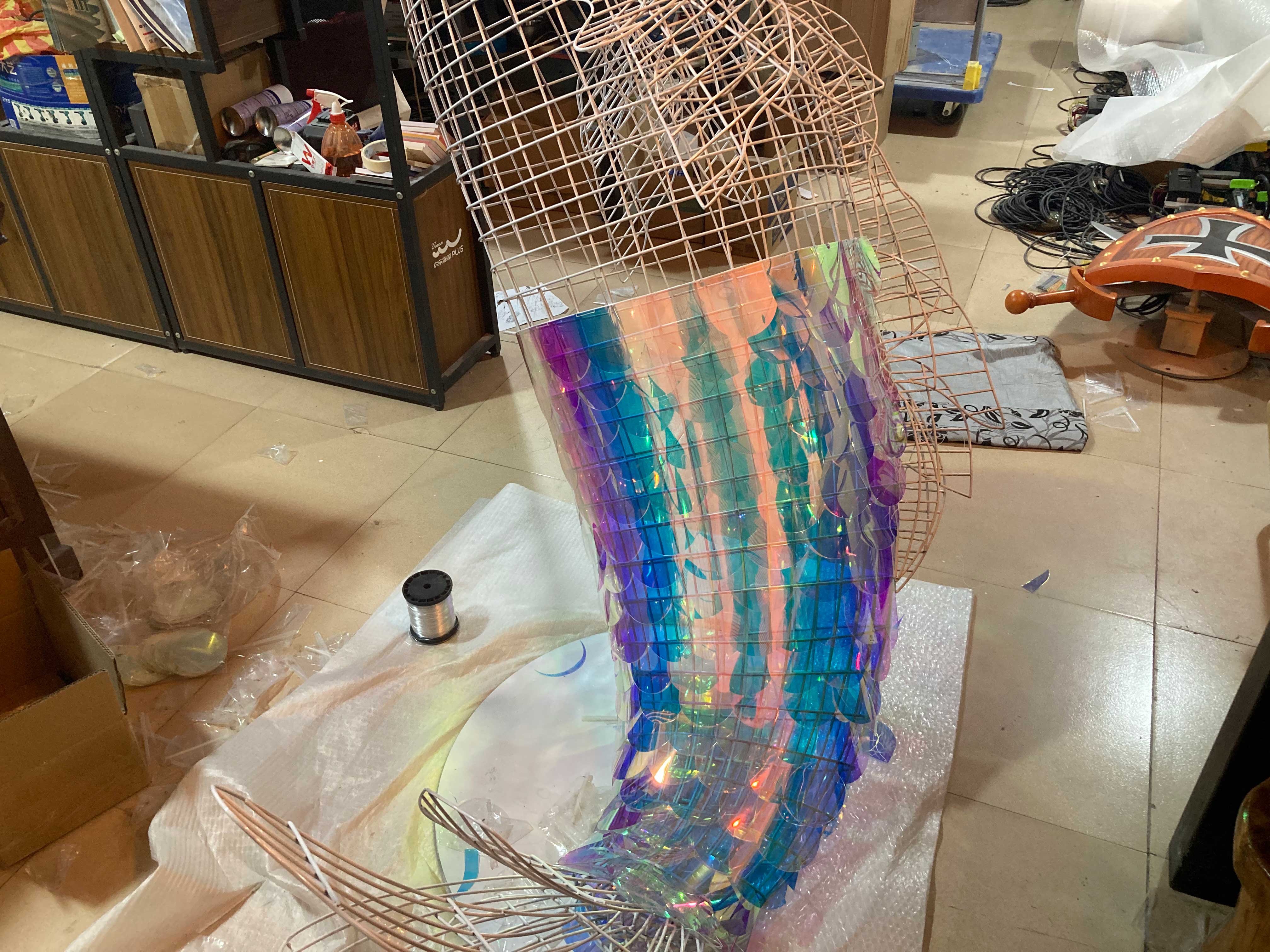
Essential Care for Abstract Steel Sculptures
Regular maintenance is critical for preserving the structural integrity and visual appeal of contemporary abstract steel sculptures. Begin with routine inspections to identify early signs of surface contamination, scratches, or discoloration. Dust accumulation, a common issue, can be addressed using microfiber cloths or soft brushes to avoid micro-abrasions. For stubborn residues, apply a diluted pH-neutral soap solution, followed by thorough rinsing with distilled water to prevent mineral deposits.
Protective measures extend beyond cleaning. Apply specialized wax or acrylic coatings annually to shield against oxidation and environmental pollutants. These barriers reduce UV damage and moisture penetration, which are particularly harmful to kinetic sculptures with moving components. Positioning sculptures away from high-traffic zones or coastal areas minimizes exposure to salt and corrosive agents.
Environmental adjustments, such as maintaining stable humidity levels (ideally 40–60%), prevent condensation-induced corrosion. Indoor installations benefit from air filtration systems to reduce airborne particulates. By integrating these practices, collectors ensure that abstract steel art retains its reflective brilliance and dynamic forms for decades.
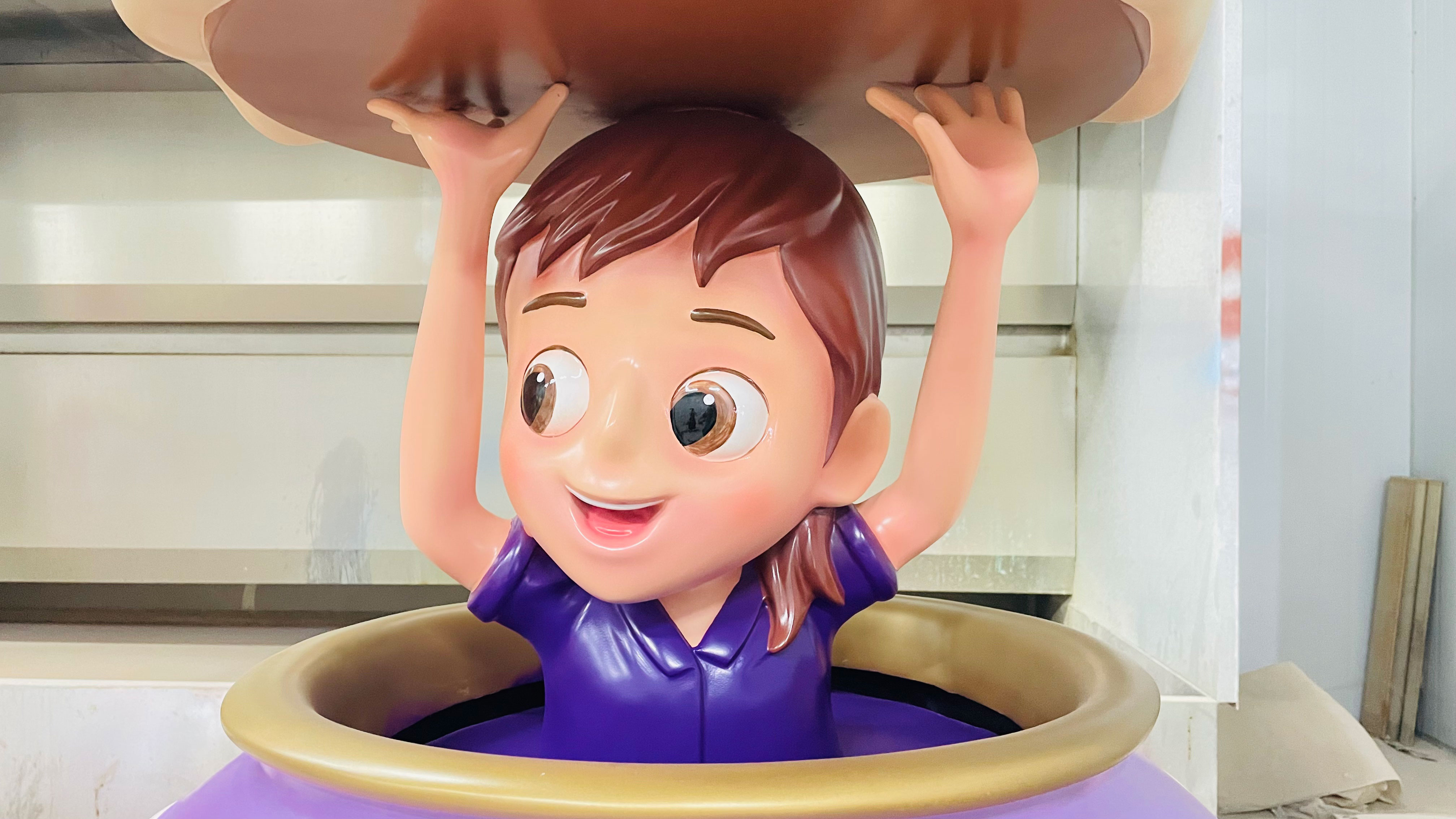
Professional Cleaning Methods for Stainless Art
Maintaining the pristine appearance of contemporary abstract steel sculptures requires systematic cleaning to remove contaminants without damaging the metal surface. To begin with, dust and loose debris should be gently brushed away using a soft-bristled nylon brush or microfiber cloth. For fingerprints or organic residues, a solution of warm water and mild pH-neutral soap (e.g., dish detergent diluted at 1:10) can be applied with a non-abrasive sponge. Rinse thoroughly with distilled water to prevent mineral deposits, then dry immediately with lint-free towels to avoid water spots.
| Cleaning Scenario | Recommended Tools | Frequency |
|---|---|---|
| Routine Dust Removal | Microfiber cloth, compressed air | Weekly |
| Organic Stains | pH-neutral soap, soft sponge | Monthly |
| Industrial Pollutants | Specialty stainless steel cleaners | Quarterly |
For deeper stains or discoloration caused by environmental exposure, commercial stainless steel cleaners containing citric acid or oxalic acid can restore shine. Always test products on an inconspicuous area first, and avoid chlorine-based or abrasive cleaners, which may scratch the protective oxide layer. Professional conservators, such as those specializing in IP character sculpture, often use ultrasonic cleaning for intricate abstract pieces to dislodge particles from textured surfaces without physical contact. When considering professional services, verify their expertise in handling large-scale or chemically treated steel artworks to ensure compatibility with preservation goals.

Protective Coatings to Prevent Metal Degradation
Applying protective coatings is a critical step in preserving the structural integrity and visual appeal of stainless steel sculptures. These coatings act as barriers against environmental stressors, such as moisture, salt, and pollutants, which can accelerate oxidation or tarnishing. For contemporary abstract steel art, clear acrylic or polyurethane finishes are often recommended, as they provide durable protection without altering the sculpture’s metallic sheen. Wax-based coatings, like carnauba or microcrystalline wax, offer an additional layer of defense for outdoor installations, filling microscopic surface imperfections to repel water and contaminants.
Proper application begins with thorough cleaning to remove residues, followed by even, thin layers using lint-free cloths or spray tools. Curing times vary by product, but most require 24–48 hours in dry conditions. Reapplication every 2–3 years ensures consistent coverage, particularly for pieces exposed to harsh climates. Advanced ceramic coatings, infused with UV inhibitors, are gaining popularity for their ability to mitigate sun-induced discoloration while maintaining the sculpture’s minimalist aesthetic. For professional-grade solutions, consult experts specializing in stainless steel sculpture preservation.
Environmental factors, such as humidity levels and airborne particles, influence coating performance—a topic explored further in subsequent sections. By integrating these protective measures, collectors and curators can balance artistic intent with practical maintenance demands.
Environmental Factors Affecting Steel Art Longevity
Stainless steel sculptures in abstract art displays face unique challenges from their surroundings. Humidity ranks among the most critical threats, as prolonged exposure to moisture accelerates oxidation—even in corrosion-resistant alloys. Coastal environments intensify this risk due to airborne salt particles, which chemically interact with metal surfaces over time. Temperature fluctuations also play a role, causing expansion and contraction that may weaken structural joints or finishes.
Urban settings introduce pollutants like sulfur dioxide and particulate matter, which can etch surfaces or create discoloration. For outdoor installations near industrial zones or high-traffic areas, regular inspections become essential to identify early signs of environmental wear. Indoor displays are not exempt; HVAC systems may create microclimates with uneven humidity levels, while direct sunlight through windows can cause UV-induced fading in certain protective coatings.
Strategic placement mitigates many risks. Positioning sculptures away from sprinkler systems, tree sap, or de-icing agents reduces chemical exposure. For pieces displayed alongside realistic sculpture or other metal artworks, ensure uniform environmental controls to maintain consistency. Proactive measures—such as applying weather-resistant sealants or using silica gel packs in enclosed displays—extend longevity while preserving the work’s visual impact.

Preventing Corrosion in Modern Steel Sculptures
Corrosion resistance remains a critical concern for preserving contemporary abstract steel art, particularly in outdoor or high-humidity environments. While stainless steel naturally resists oxidation due to its chromium content, prolonged exposure to pollutants, salt, or moisture can compromise its protective layer. Regular inspection of surfaces for early signs of pitting or discoloration is essential—these issues often start subtly but escalate if untreated.
A two-tiered approach combines mechanical cleaning and chemical protection. For routine maintenance, use pH-neutral detergents and microfiber cloths to avoid scratching the metal’s finish. For stubborn contaminants like industrial residue or bird droppings, specialized stainless steel cleaners restore luster without abrasive damage. Protective coatings, such as clear lacquers or ceramic-based sealants, provide an additional barrier against environmental stressors. Reapplication intervals depend on local climate conditions, with coastal or urban areas requiring more frequent treatments (every 12–24 months).
Environmental adjustments further mitigate risks. Positioning sculptures away from direct exposure to sprinkler systems or road salt reduces corrosive contact. In coastal regions, strategic placement behind windbreaks or elevated bases minimizes salt spray accumulation—a technique also employed in preserving public installations like cartoon sculptures. Pairing these measures with annual professional assessments ensures structural integrity aligns with artistic vision over decades.

Long-Term Preservation of Abstract Metal Displays
Preserving abstract steel sculptures requires systematic strategies that address material vulnerabilities and environmental interactions. Unlike traditional art forms, contemporary abstract metal displays often incorporate polished surfaces and geometric forms that amplify exposure to contaminants. Annual inspections by conservation specialists are recommended to assess weld integrity, surface pitting, and micro-cracks invisible to untrained observers.
Climate-controlled environments below 60% humidity significantly slow oxidation processes, particularly for installations near coastal regions where salt aerosols accelerate corrosion. For outdoor sculptures, applying nano-ceramic coatings every 18-24 months creates a molecular barrier against acid rain and UV radiation without altering the metal’s reflective properties. Indoor pieces benefit from electrostatic dust repellents, reducing abrasive cleaning cycles that gradually thin protective passivation layers.
Proactive measures extend beyond physical maintenance. Rotating sculptures’ orientation in sun-exposed areas prevents uneven patina development, while Fiberglass sculpture replicas can substitute originals during extreme weather events. Documentation systems tracking temperature fluctuations and maintenance history enable predictive preservation models, aligning with modern museum-grade conservation standards for industrial art materials.
Balancing Aesthetics and Steel Art Maintenance
Maintaining the visual impact of contemporary abstract steel sculptures while ensuring their structural integrity requires a thoughtful approach. While preservation methods must prioritize preventing corrosion and physical damage, they should also avoid altering the artwork’s intended appearance. For example, abrasive cleaning tools or harsh chemicals might remove protective patinas or scratch polished surfaces, diminishing the piece’s reflective qualities critical to its abstract design. Instead, opt for pH-neutral cleaners and microfiber cloths to preserve both finish and artistic intent.
Protective coatings, such as clear lacquers or waxes, can shield metal from environmental stressors without compromising its industrial aesthetic. However, uneven application may create visible streaks or dull the sculpture’s metallic luster—a risk that demands precision during upkeep. Simultaneously, consider how environmental safeguards like shaded installations or wind barriers interact with the artwork’s spatial dynamics. A poorly placed protective canopy could obstruct viewing angles or cast unintended shadows, disrupting the viewer’s experience.
Regular inspections help identify maintenance needs early, allowing corrections that align with the artist’s vision. Collaborate with conservators familiar with abstract metalwork to balance technical requirements with creative integrity, ensuring interventions remain invisible to observers. This dual focus ensures that stainless steel sculptures retain their conceptual power while resisting degradation over decades.

Conclusion
Maintaining contemporary abstract steel art requires a thoughtful balance between preservation and presentation. By integrating the methods discussed—from specialized cleaning techniques to advanced protective coatings—collectors and curators can safeguard both the aesthetic appeal and structural integrity of stainless steel sculptures. Environmental considerations, such as controlling humidity and minimizing pollutant exposure, play equally vital roles in preventing corrosion and surface degradation.
While stainless steel’s durability makes it ideal for modern displays, its longevity ultimately depends on consistent care. Regular inspections, prompt attention to minor imperfections, and adherence to manufacturer guidelines ensure that these artworks remain visually striking for decades. The interplay between artistic vision and practical maintenance highlights the importance of viewing preservation not as a burden, but as an extension of the creative process itself. This proactive approach allows abstract steel art to continue inspiring audiences while resisting the relentless passage of time.
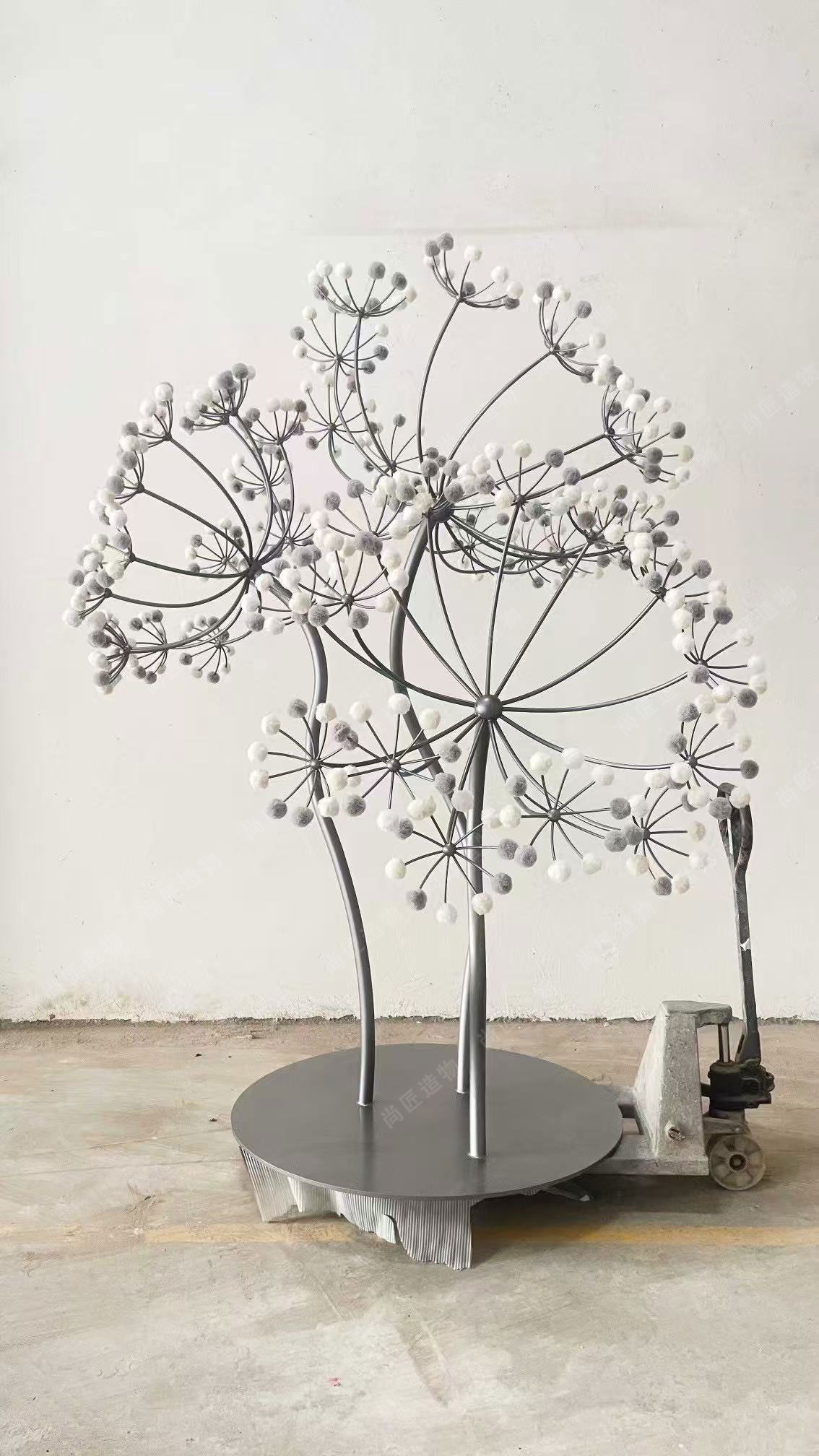
FAQs
How often should I clean my stainless steel sculpture?
Regular cleaning depends on environmental exposure. Indoor pieces may need monthly dusting, while outdoor installations require biweekly attention in high-pollution or coastal areas. Always inspect surfaces before cleaning to avoid abrasive contact.
What cleaning products are safe for abstract steel art?
Use pH-neutral dish soap diluted in warm water for routine cleaning. For stubborn stains, specialized stainless steel cleaners with non-abrasive formulas prevent surface scratching. Avoid chlorine-based products and vinegar solutions, which can compromise protective layers.
Can protective coatings alter the sculpture's appearance?
Modern clear-coat sealants and carnauba wax blends preserve metallic luster without visible residue. Test coatings on inconspicuous areas first—some matte finishes may subtly change light reflection, requiring artist consultation for commissioned works.
How does humidity affect steel art longevity?
Consistent humidity above 60% accelerates oxidation, even in stainless steel. Use silica gel packs in display cases for indoor pieces. Outdoor installations benefit from strategic placement ensuring airflow and drainage to prevent moisture traps.
What signs indicate corrosion in weather-resistant steel?
Look for tea-colored streaking near joints or textured surfaces—early-stage iron oxide deposits. Professional conservators recommend using fiberglass brushes and citric acid solutions for controlled patina stabilization in Corten steel artworks.
Are UV rays harmful to polished steel surfaces?
Prolonged sun exposure rarely damages stainless steel but may fade adjacent colored elements. Apply UV-resistant polymer wax annually if sculptures incorporate mixed media with pigments or resin components.
 ch
ch English
English

